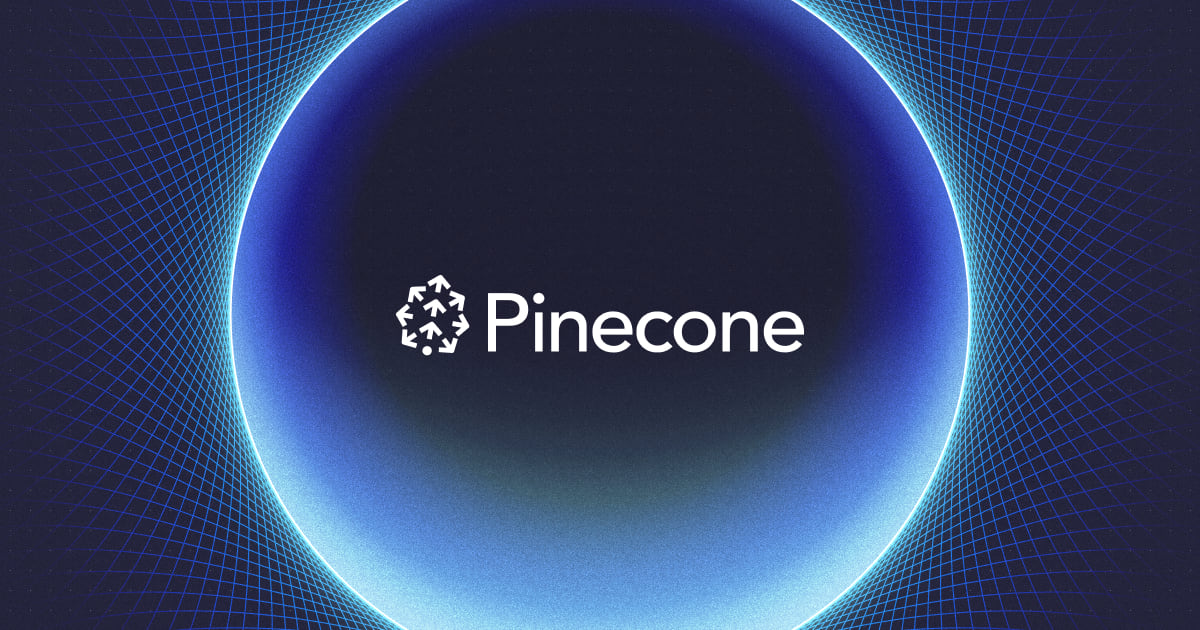Normalization techniques play a vital role in deep learning by accelerating the training process and enhancing the overall performance of models. This article provides a concise explanation of various normalization methods commonly employed in deep learning.
Normalization techniques are crucial in deep learning for speeding up training and improving model performance. Here's a breakdown of common techniques:
Batch Normalization (BN)
-
How it works: Normalizes activations across the mini-batch, making them follow a unit Gaussian distribution.
-
Code example (PyTorch):
torch.nn.BatchNorm2d(num_features)
-
Benefits: Faster training, tackles vanishing gradients, allows for higher learning rates.
-
Drawbacks: Less effective with small batch sizes, can be problematic in recurrent networks.
Instance Normalization (IN)
-
How it works: Normalizes each feature map independently within each sample.
-
Code example (PyTorch):
torch.nn.InstanceNorm2d(num_features)
-
Benefits: Useful for style transfer tasks where style is often defined within each sample.
-
Drawbacks: Not as widely applicable as Batch Normalization for general tasks.
Layer Normalization (LN)
-
How it works: Normalizes across all features within a single layer for each sample.
-
Code example (PyTorch):
torch.nn.LayerNorm(normalized_shape)
-
Benefits: Works well with recurrent networks, less sensitive to batch size than BN.
-
Drawbacks: May not be as effective as BN for convolutional networks.
Group Normalization (GN)
-
How it works: Divides channels into groups and normalizes within each group.
-
Code example (PyTorch):
torch.nn.GroupNorm(num_groups, num_channels)
-
Benefits: A good compromise between BN and LN, less sensitive to batch size.
-
Drawbacks: Performance can depend on the choice of the number of groups.
Choosing the Right Technique
-
BN: Generally a good default choice for convolutional networks.
-
IN: Suitable for style transfer and image generation tasks.
-
LN: Preferred for recurrent networks and when using small batch sizes.
-
GN: A balanced option when batch size is a concern and IN is not suitable.
Remember that the optimal normalization technique can vary depending on the specific task and dataset. Experimentation is key to finding the best approach.
The Python code demonstrates the usage of different normalization techniques in PyTorch, including Batch Normalization, Instance Normalization, Layer Normalization, and Group Normalization. It creates sample input data and applies each normalization technique to it. The output shapes are printed to show that the input dimensions are preserved. The code also provides an example of how to use Batch Normalization within a convolutional neural network model. It highlights the importance of choosing the appropriate normalization technique based on the task and network architecture.
import torch
import torch.nn as nn
# Sample input data (batch size, channels, height, width)
input_data = torch.randn(16, 3, 28, 28)
# Batch Normalization
bn = nn.BatchNorm2d(num_features=3) # 3 input channels
output_bn = bn(input_data)
# Instance Normalization
inorm = nn.InstanceNorm2d(num_features=3)
output_in = inorm(input_data)
# Layer Normalization
ln = nn.LayerNorm(normalized_shape=[3, 28, 28]) # Normalize over C, H, W
output_ln = ln(input_data)
# Group Normalization
gn = nn.GroupNorm(num_groups=3, num_channels=3) # 3 groups for 3 channels
output_gn = gn(input_data)
# Print output shapes for demonstration
print("Input Shape:", input_data.shape)
print("Batch Norm Output Shape:", output_bn.shape)
print("Instance Norm Output Shape:", output_in.shape)
print("Layer Norm Output Shape:", output_ln.shape)
print("Group Norm Output Shape:", output_gn.shape) Explanation:
-
Import necessary libraries: We import
torch and torch.nn for tensor operations and neural network modules.
-
Sample input: We create random input data representing a mini-batch of images.
-
Normalization layers: We create instances of each normalization layer:
-
BatchNorm2d: Takes the number of channels as input.
-
InstanceNorm2d: Similar to BatchNorm2d.
-
LayerNorm: Takes the shape of the dimensions to be normalized.
-
GroupNorm: Takes the number of groups and the number of channels.
-
Apply normalization: We pass the input data through each normalization layer.
-
Print shapes: We print the output shapes to show that the normalization operations preserve the input dimensions.
How to use in a model:
class MyModel(nn.Module):
def __init__(self):
super(MyModel, self).__init__()
self.conv1 = nn.Conv2d(3, 16, kernel_size=3, padding=1)
self.bn1 = nn.BatchNorm2d(16) # BatchNorm after convolution
self.relu = nn.ReLU()
# ... other layers
def forward(self, x):
x = self.conv1(x)
x = self.bn1(x)
x = self.relu(x)
# ... rest of the forward pass
return xIn this example, BatchNorm2d is applied after the convolutional layer (self.conv1) before the ReLU activation.
Key points:
- Choose the normalization technique that best suits your task and architecture.
- Experiment with different normalization techniques to see what works best for your specific problem.
- Consider the batch size and network architecture when making your choice.
General Points:
-
Internal Covariate Shift: Normalization techniques primarily address the issue of internal covariate shift, where the distribution of activations within a network changes during training. This shift slows down training by requiring a lower learning rate and careful parameter initialization.
-
Regularization Effect: Normalization techniques often provide a slight regularization effect, reducing overfitting. However, they shouldn't be solely relied upon for regularization.
-
Placement: Normalization layers are typically placed after convolutional or fully connected layers and before activation functions. However, the optimal placement can vary.
Batch Normalization (BN):
-
Moving Averages: During training, BN uses moving averages of batch mean and variance to estimate population statistics. These are used during inference.
-
Scale and Shift: BN introduces learnable parameters (scale and shift) for each feature map, allowing the network to learn the optimal scale and mean for each activation.
Instance Normalization (IN):
-
Style Transfer: IN's strength in style transfer comes from its ability to normalize the style information within each sample independently, separating it from the content.
Layer Normalization (LN):
-
Sequence Data: LN is well-suited for handling sequential data because it normalizes across all features within a time step, preserving the temporal relationships.
Group Normalization (GN):
-
Number of Groups: The choice of the number of groups in GN is a hyperparameter. A common approach is to set it to a power of 2, such as 8 or 16.
Additional Techniques:
-
Weight Normalization: Normalizes the weights of the layer instead of activations.
-
Spectral Normalization: Normalizes the spectral norm of the weight matrix, often used for stabilizing GAN training.
Practical Tips:
-
Start with BN: For most image-based tasks, BN is a good starting point.
-
Experiment: Don't be afraid to experiment with different normalization techniques and their hyperparameters.
-
Monitor Training: Pay attention to the training dynamics (e.g., loss, accuracy) to see how different normalization techniques affect your model's performance.
| Technique |
How it Works |
Benefits |
Drawbacks |
Use Cases |
PyTorch Example |
| Batch Normalization (BN) |
Normalizes activations across the mini-batch. |
Faster training, tackles vanishing gradients, allows higher learning rates. |
Less effective with small batch sizes, problematic in recurrent networks. |
General choice for convolutional networks. |
torch.nn.BatchNorm2d(num_features) |
| Instance Normalization (IN) |
Normalizes each feature map independently within each sample. |
Useful for style transfer tasks. |
Not as widely applicable as BN. |
Style transfer, image generation. |
torch.nn.InstanceNorm2d(num_features) |
| Layer Normalization (LN) |
Normalizes across all features within a single layer for each sample. |
Works well with recurrent networks, less sensitive to batch size. |
May not be as effective as BN for convolutional networks. |
Recurrent networks, small batch sizes. |
torch.nn.LayerNorm(normalized_shape) |
| Group Normalization (GN) |
Divides channels into groups and normalizes within each group. |
Good compromise between BN and LN, less sensitive to batch size. |
Performance depends on the number of groups. |
When batch size is a concern and IN is not suitable. |
torch.nn.GroupNorm(num_groups, num_channels) |
Key Takeaway: The optimal normalization technique depends on the specific task and dataset. Experimentation is crucial!
In conclusion, normalization techniques are essential for successful deep learning model training and performance. Each technique, including Batch Normalization, Instance Normalization, Layer Normalization, and Group Normalization, offers unique advantages and disadvantages. Selecting the appropriate technique depends on the specific task, dataset, and network architecture. Batch Normalization is generally suitable for convolutional networks, while Instance Normalization proves valuable in style transfer tasks. Layer Normalization is preferred for recurrent networks and small batch sizes, and Group Normalization provides a balance between Batch Normalization and Layer Normalization when batch size is a concern. The provided Python code examples demonstrate the implementation of these techniques in PyTorch. Ultimately, experimentation and careful consideration of the problem's nuances are crucial for determining the optimal normalization approach. By understanding and effectively utilizing these techniques, deep learning practitioners can enhance model training efficiency and achieve superior performance.








